From Super-sized Silhouettes to Subverting Cultures, Menswear Makes Its Mark.
Here Are The Newest Men’s Fashion Brands To Watch
By Angela Baidoo
Serving as the cooler, less intense sibling to the main runway circuit, the men’s season takes place in both January and June and is kicked off by the Pitti Uomo international trade fair in Florence. Priding itself on a short, sharp edit, Milan and Paris have often dominated the scene with their contribution to the format, as New York made the decision to fold their men’s week into a single day, where they platform emerging stateside talent – think craft and community-focussed Jahnkoy and Atelier Cillian who’s religious upbringing inspires his exploration of “masculinity through the ages.”
Meanwhile, London returned to the scene over the span of four days. The city is known for its expertise in the experimental, started proceedings off with a programme of presentations, cultural collaborations (Browns and Crenshaw Skate Club), and shows from names-to-know Martine Rose and Daniel W. Fletcher. While key discussions were led by the British Fashion Council and delved into “The Asian Man: An exploration into The Forgotten Style Tribe” and “The Future of Menswear,” with International Woolmark Prize 2022 winner Saul Nash closing out the week on Monday.
Whether showing on-or-off schedule Milan and Paris have something for everyone, with big names tent-poling the city’s fashion weeks, a creative director debut at Louis Vuitton (Pharrell Williams), and Valentino opening proceedings in Milan with its first men’s solo show since 2021. Names new to the circuit – which includes those who have been making their presence felt over the last 2 to 10 years – are truly giving buyers from across the globe a reason to invest. As they demonstrate, they understand the delicate balance between creativity and commerciality while mastering the interplay between culture and community to bring something new to the table.
Here at The Impression, as we anticipate the potential shifts across the menswear market that this season is set to bring, we highlight the designers and brands to have on your radar after this summer 2024 season.
And the Nominees Are…
This year we have seen more of a vested interest in the proliferation of high-profile prizes, which give the industry an indication as to who’s next. From the CFDA to the BFC and the LVMH Prize for Young Designers, the winners often go on to forge success in their chosen categories or craft. But as has been highlighted of late, these prizes and their injection of much-needed prize money are not always a magic bullet to long-term financial stability and sustainable growth. Many designers – most recently Elena Velez, who spoke with the New York Times – have expressed that what they need, in addition to the prize awarded, is continuous business and financial guidance. As well as a route into global retail stockists, who will buy collections with a range of models that don’t solely rely on the ‘sale-or-return’ option i.e., a retailer will pay only for the items it sells, returning unsold merchandise to the brand, who will then take on the added responsibility of having to sell these out-of-season items.
Despite the benefits and drawbacks of these esteemed – and much-needed – prizes, 2023 has seen an exciting range of names come to the forefront to represent the evolving menswear scene.

Scooping the top honour at this year’s International Woolmark Prize, the Nigeria-based Lagos Space Programme, founded by Adeju Thompson in 2014, is known as a multi-disciplinary collaborative venture. Seeking to drive Africa’s future in the fashion space through sustainable practices and a reliance on homegrown artisanal craft. The distinctive indigo dye technique (look to the Lofar Mata Dye Pits in Kano, Nigeria, for reference), which is a centuries-old tradition in the region, has become part of the brand’s signature.
Luca Magliano’s 6-year-old brand consists of what the designer refers to as “Fucked up classics”. Nominated as a finalist of the 2023 LVMH Prize for Young Designers, Magliano views menswear through a much more dishevelled lens with tailored trousers which can be adjusted with an integrated belt to suit, or a fair isle Christmas jumper with mismatched print, opting for a palette of moody hues and undyed neutrals. His summer 2023 campaign was styled on his factory workers who produce the collection, with surplus garments being made from vintage deadstock, in tribute to his reverence of the Italian working class and their ‘workwear’ aesthetic.
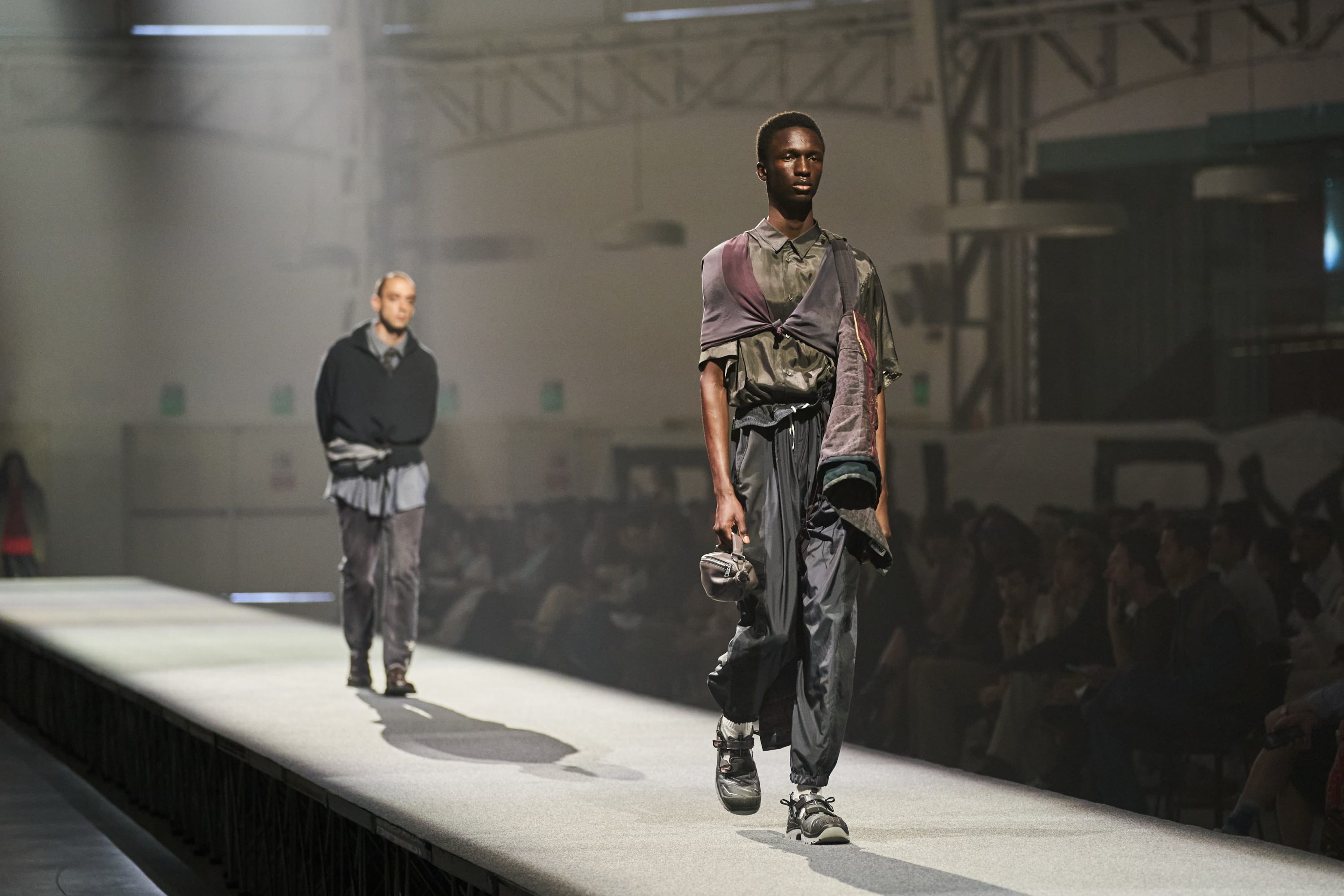
Also securing a place as a finalist of the 2023 LVMH Prize Burç Akyol, learned his craft from his Turkish father, who was a trained tailor. Having worked with Nicolas Ghesquière at Balenciaga and at the right-hand of Esteban Cortázar, Akyol decided to launch his own brand once he felt confident that he had learned enough to step out into the unknown. Akyol, who spoke to The Impression during Paris fashion week in February, explained that with his brand, “I’m taking you from the moment you wake up to the red carpet,” with pieces such as a cargo pants with a slit through the front of the leg. And his studied tailoring, which takes from his heritage, such as his strong-shouldered blazer inspired by a Farsi-Turkish ancient coat that shepherds used to use as a sleeping bag. Using ‘noble materials’ for a local, made-to-order production model, the designer is not only fostering sustainable processes but working to ensure his brand’s ‘financial health’ in the future.
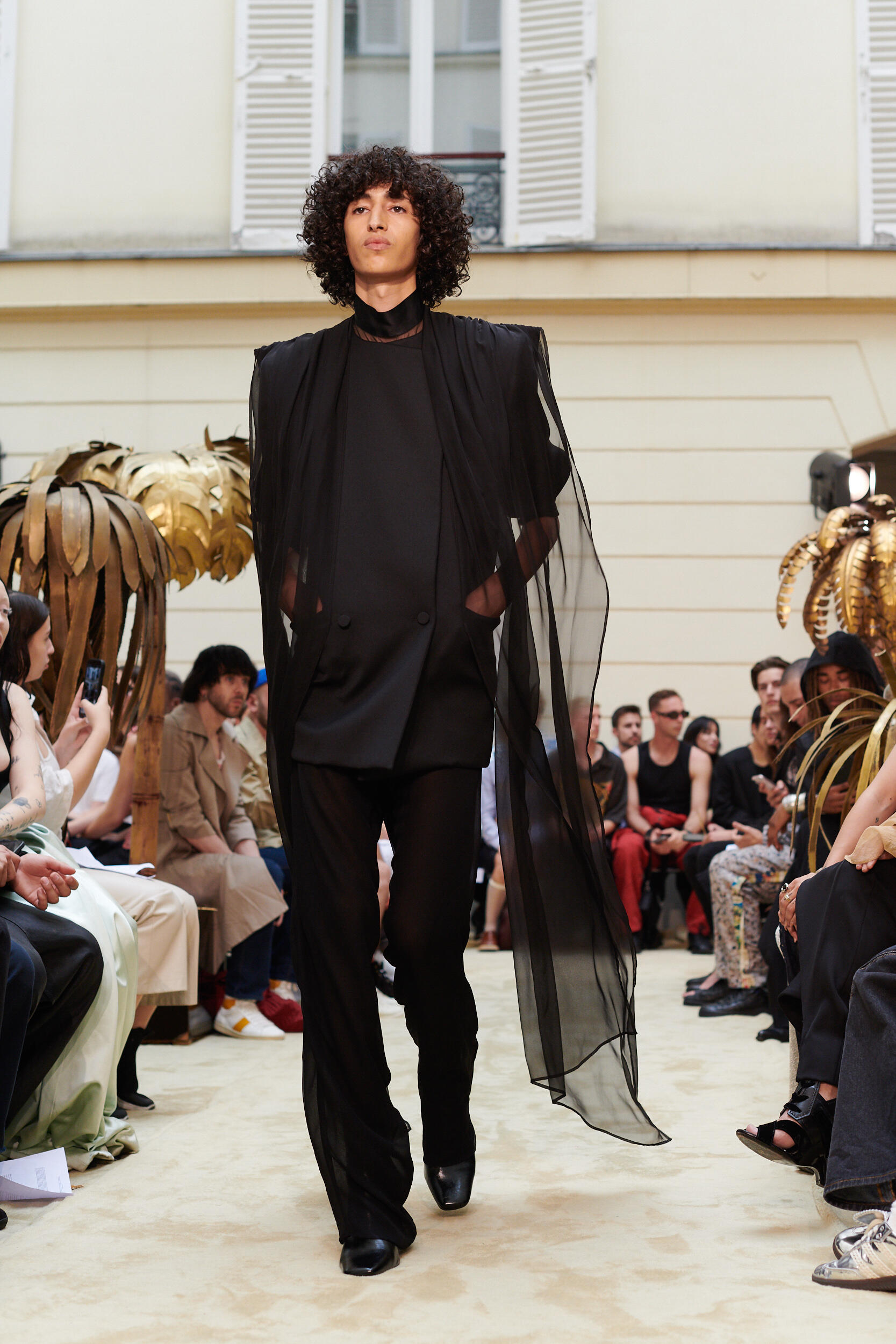
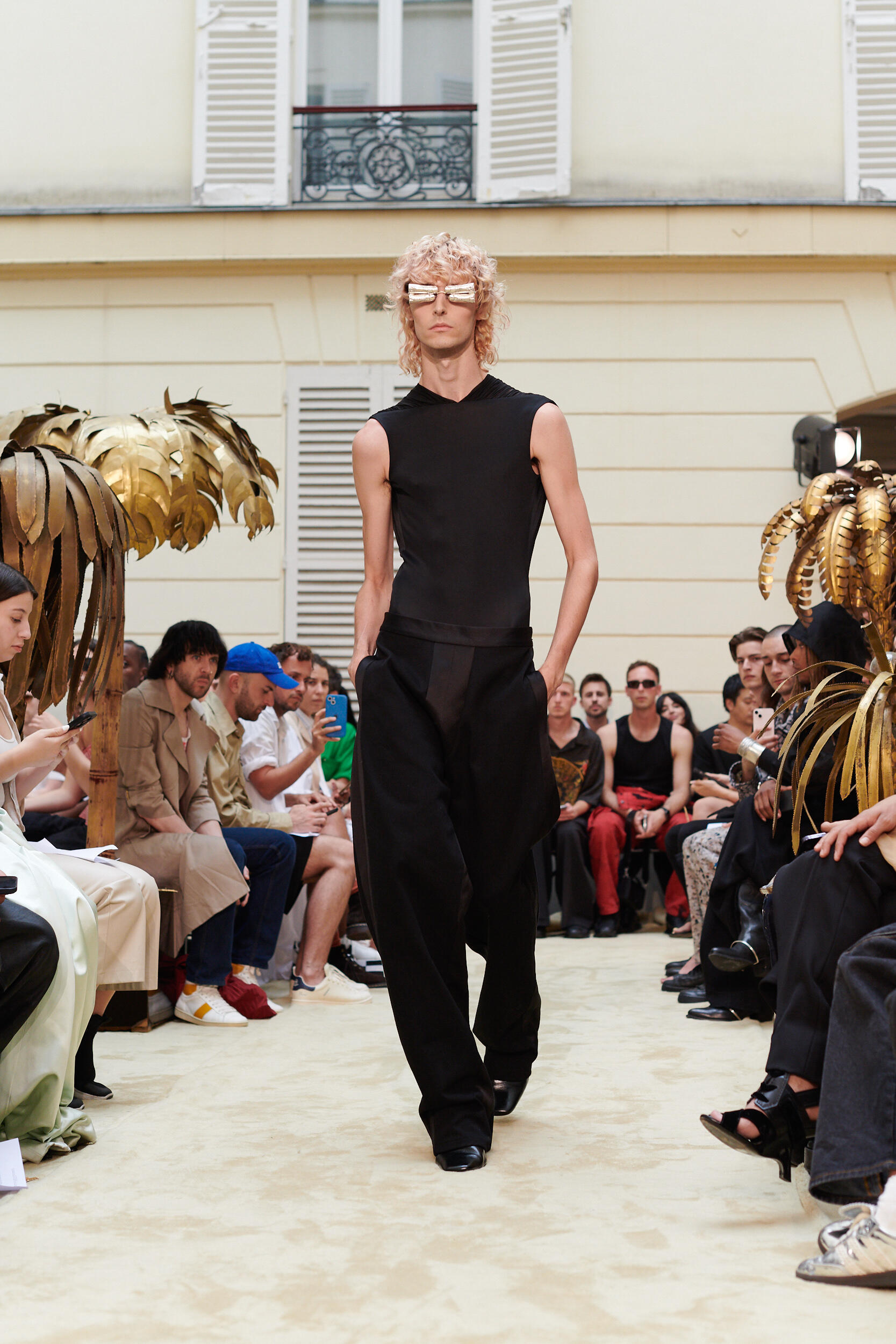
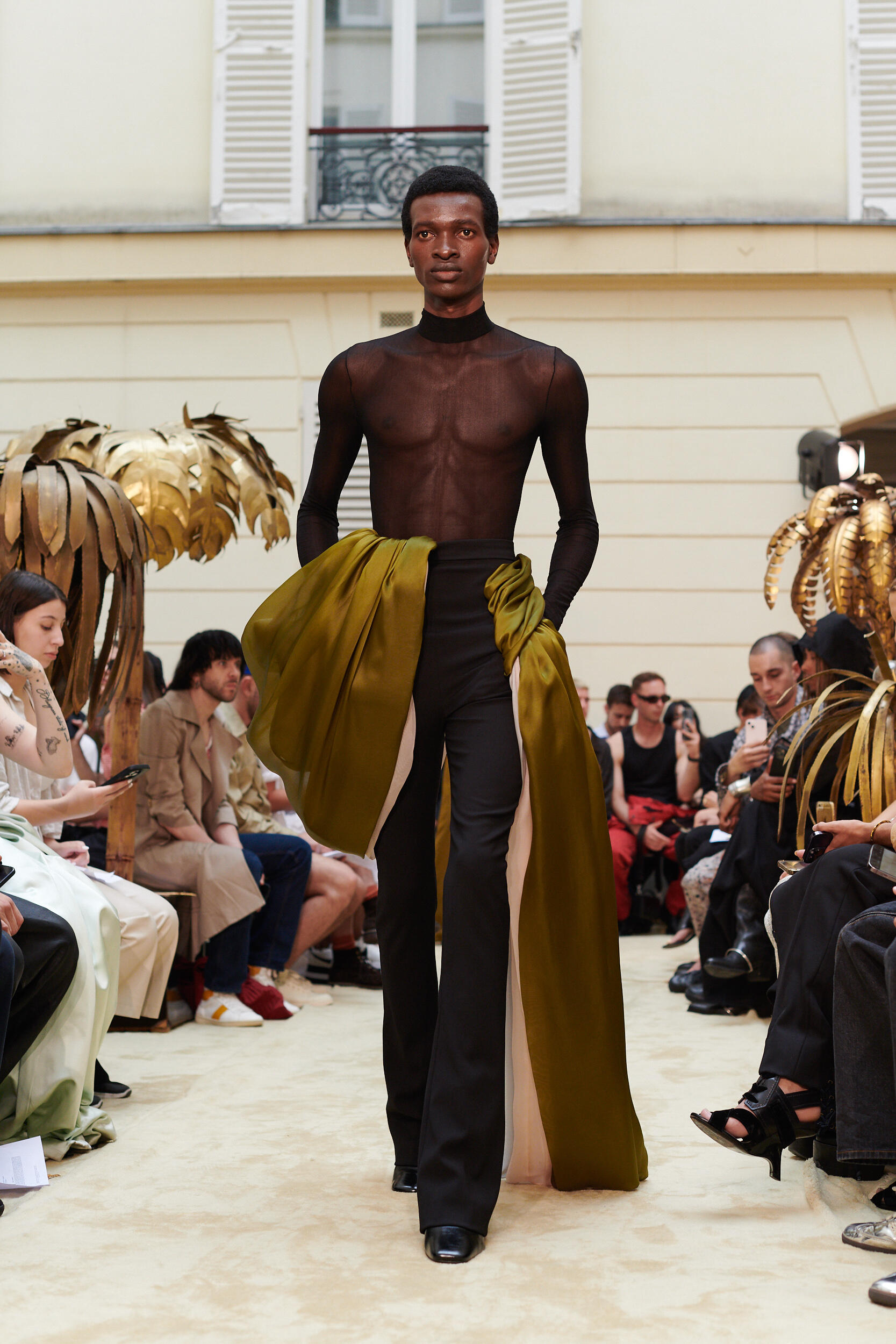
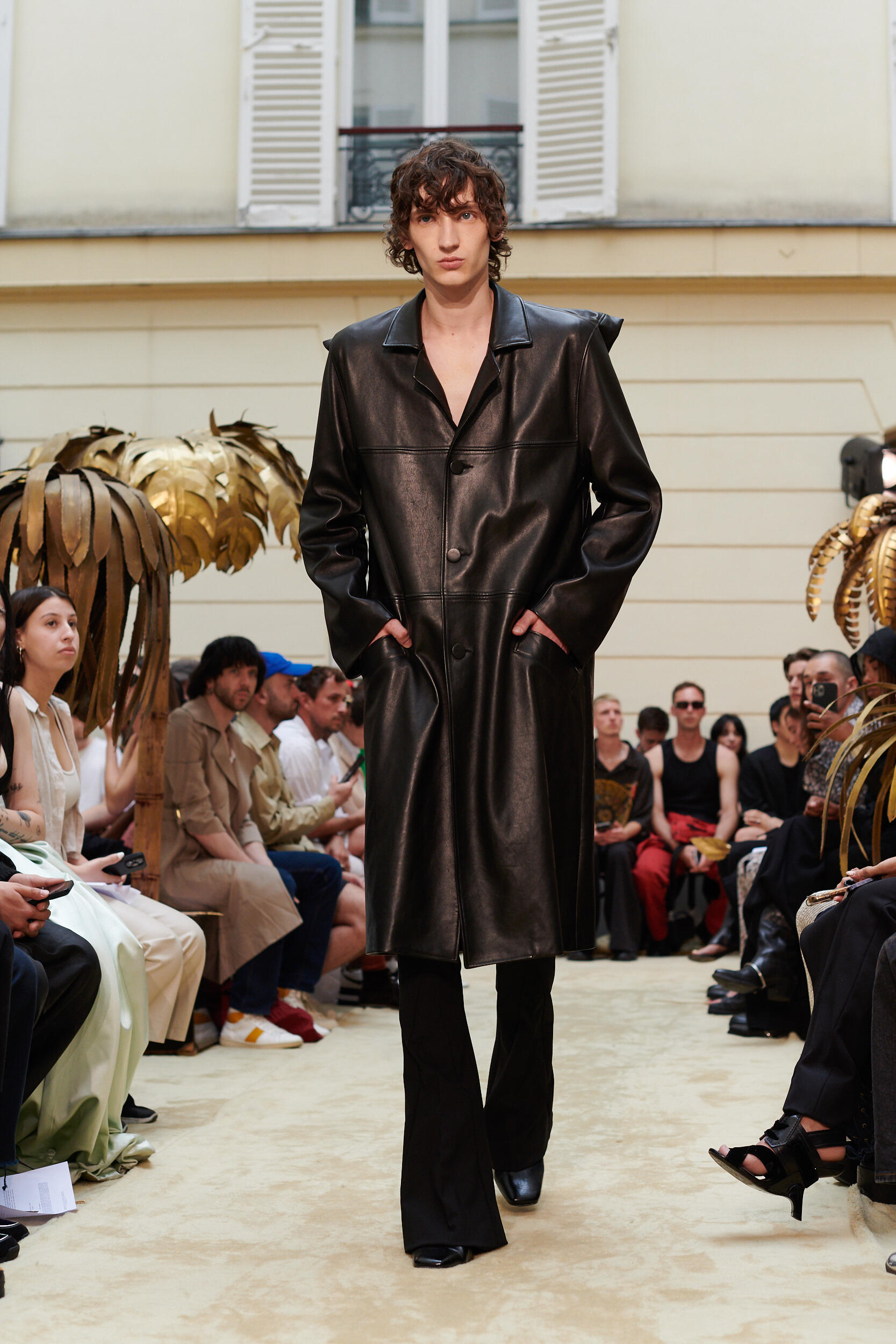
Let’s Go Outsize
Broad shoulders and boxy silhouettes are not unfamiliar to menswear, as far back as the 1930s when the ‘Zoot Suit’ (with its angular lapels and strong shoulders) was popularised by the jazz and blues singers of the day to the 1980s ‘Power Suit.’ Young designers are taking to exaggerate the proportions of the traditional suit, to an almost comical effect in some cases. With sizing charts starting at XL and extending into quadruple XL and beyond, thinking ‘Big’ is the order of the day to reinvent the humble suit.
A childlike sensibility is being applied to designs, such as blazers and outerwear with sleeves so long and shoulders so sloping they are almost reminiscent of a young boy playing dress-up in his father’s closet. And maybe that’s the point. Designers are ‘playing’ with proportion to take some of the stuffiness out of serious staples, such as the suit. While also proving that the body (male, female, or non-binary) doesn’t have to be the determining factor for fit, providing a viable avenue for genderless fashion.
Israeli-born Hed Mayner lives life through a wide-angle lens; the bigger and baggier, the better. The confines of the body are merely a framework for the designer to extend the lines of traditional silhouettes until suit jackets graze knees and trouser hems pool around the feet. A master of scale, Mayner’s collections provide an unintentional barrier around the wearer while offering a cocooning escape in their house-sized layers. Showing in Paris the designer also relies on the storied history of Italian craftsmanship for his tailoring, with production for his line based out of Tuscany.
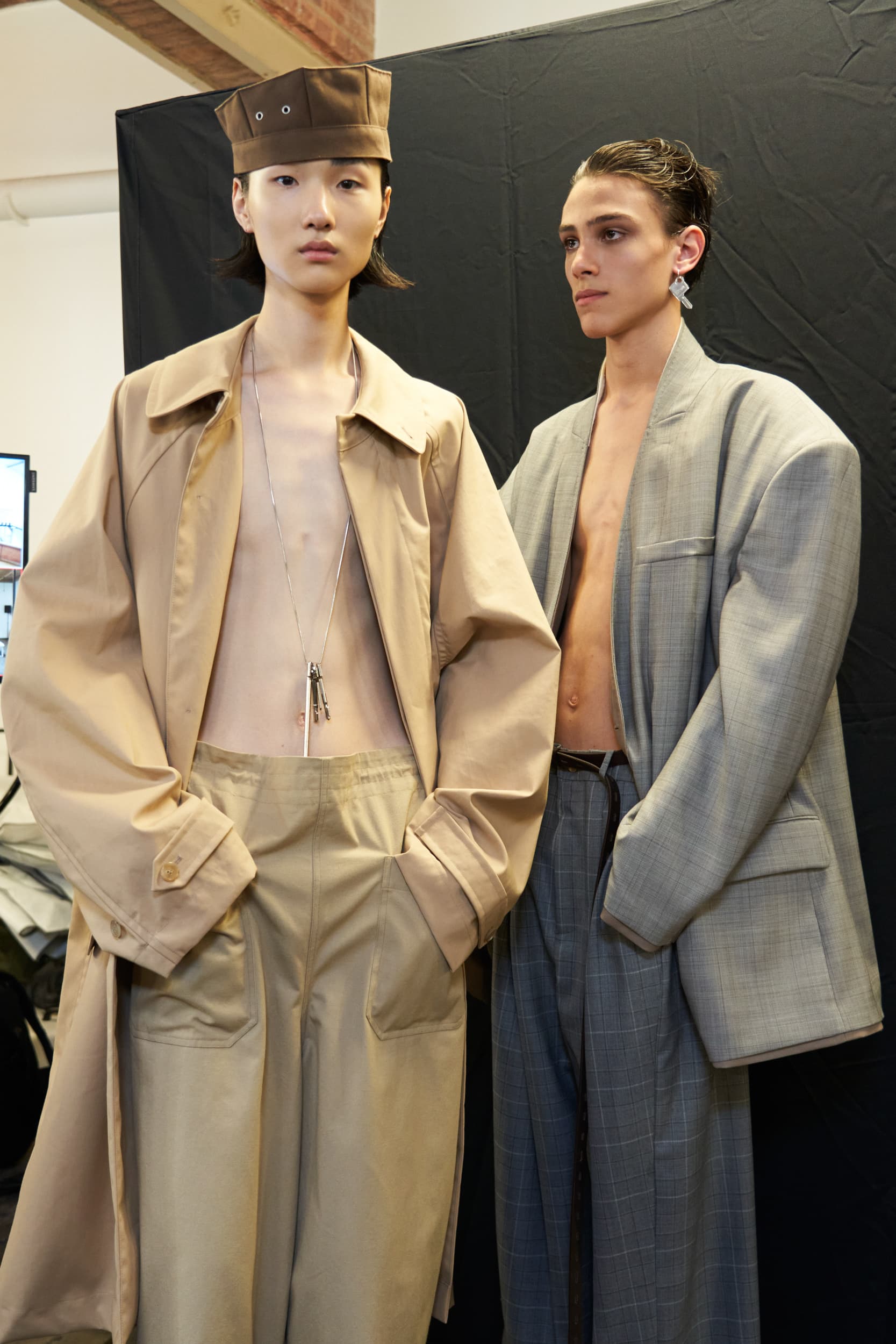
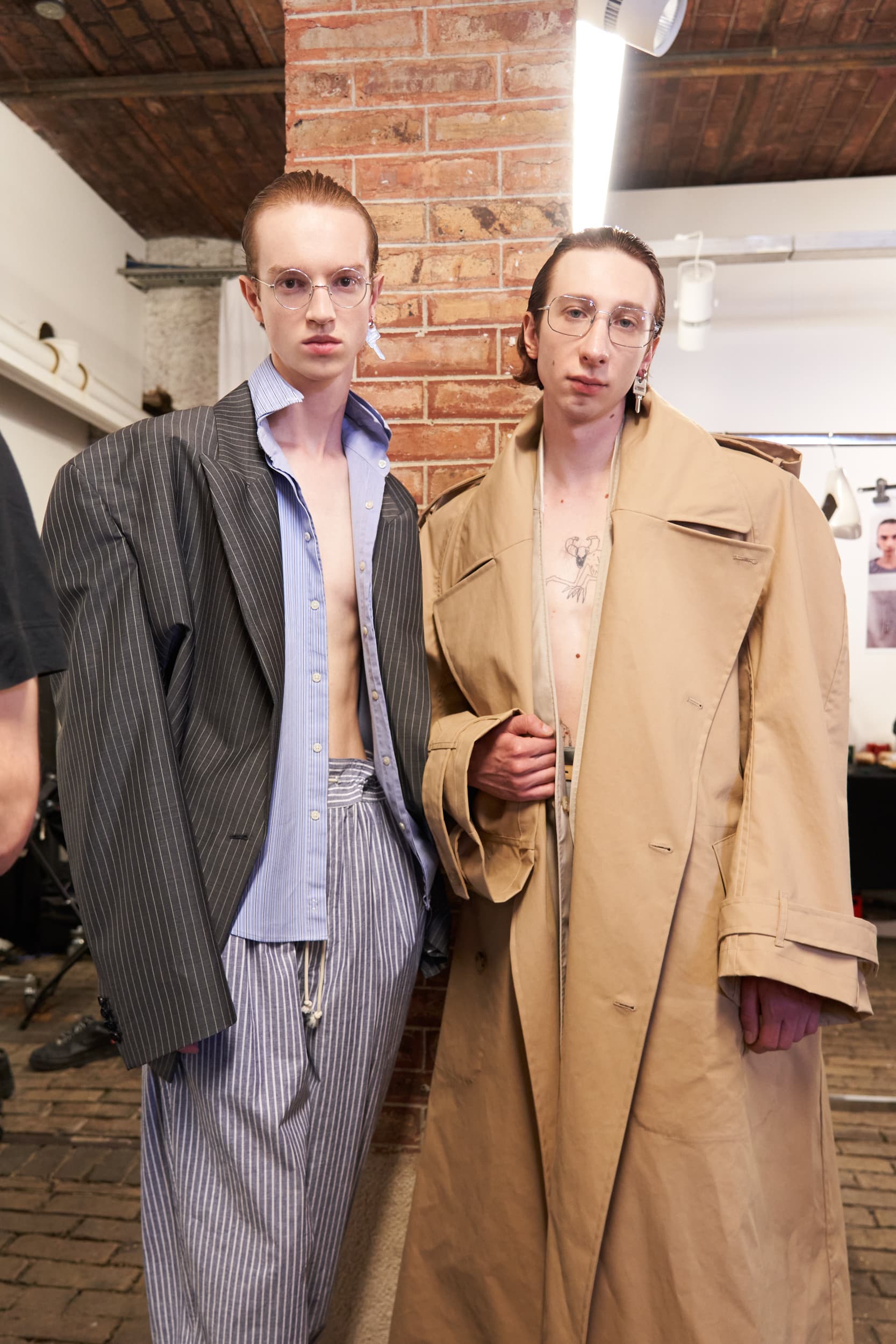
Having started his career in the fields of medicine and law, Louis-Gabriel Nouchi moved on to study at the Ecole des Arts Visuels de la Cambre before becoming a part of Raf Simons’s creative team. Attributing each seasonal collection to a book (both American Psycho and Dangerous Liaisons in the last two seasons) which has shaped his personal or professional vision, Nouchi – who launched his LGN label in 2017 – has become a radical voice in menswear, for his balanced view of the fluidity of gender and his desire to allow his products to facilitate free expression. Setting himself apart as one of the few names on the roster to include a more diverse range of male body types on his runway, they are often amplified in his signature gauzy layers and provocative cut-outs.
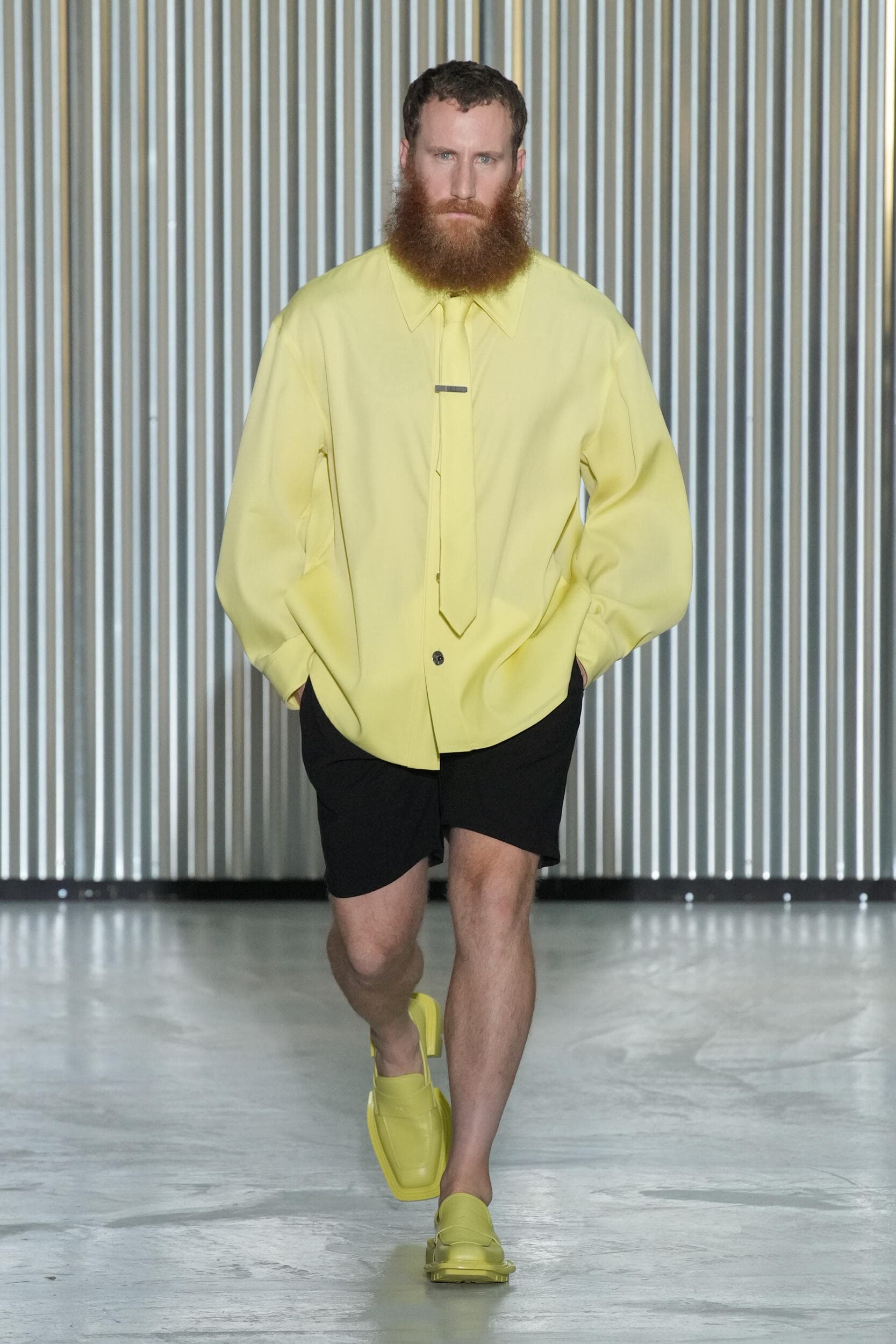
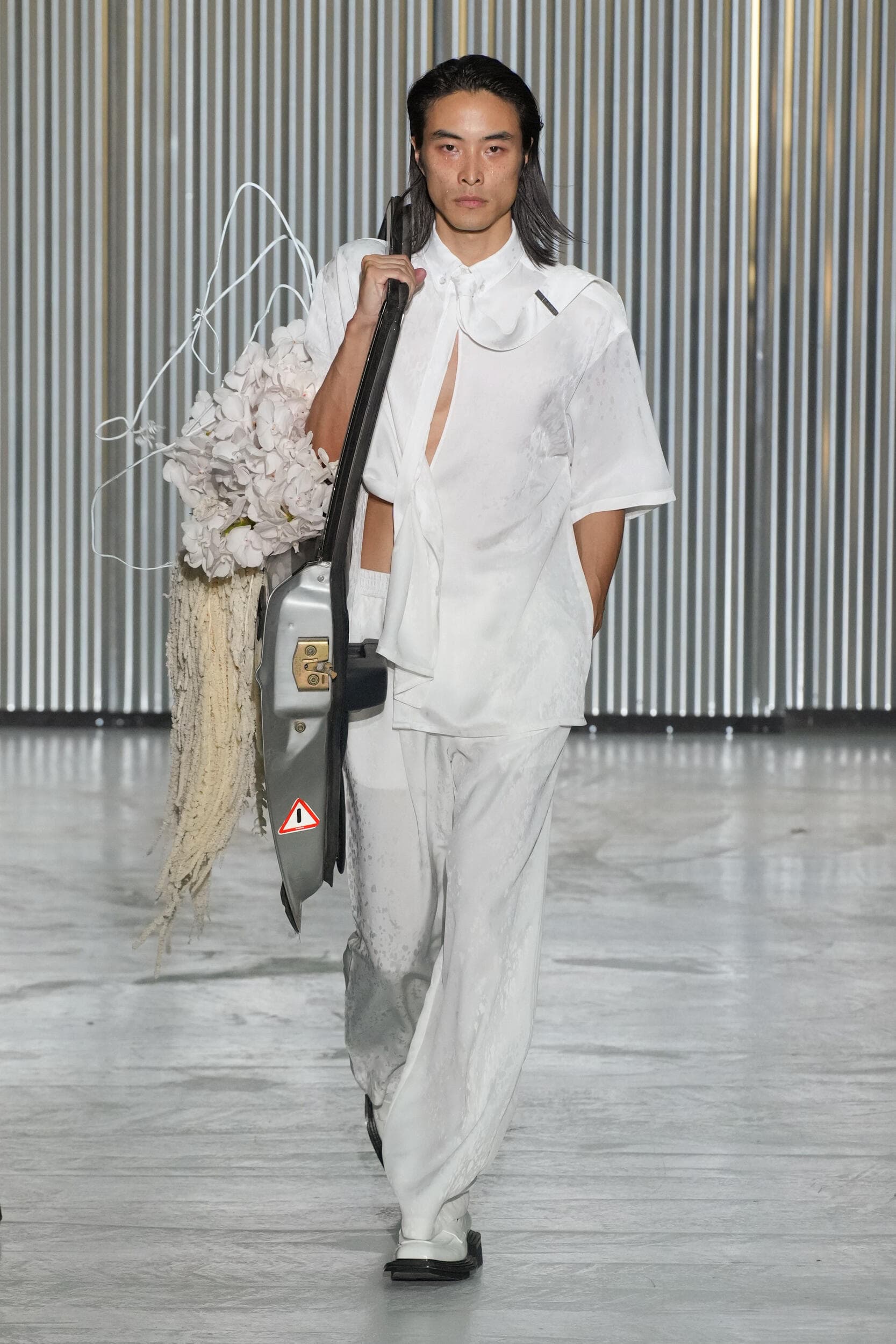
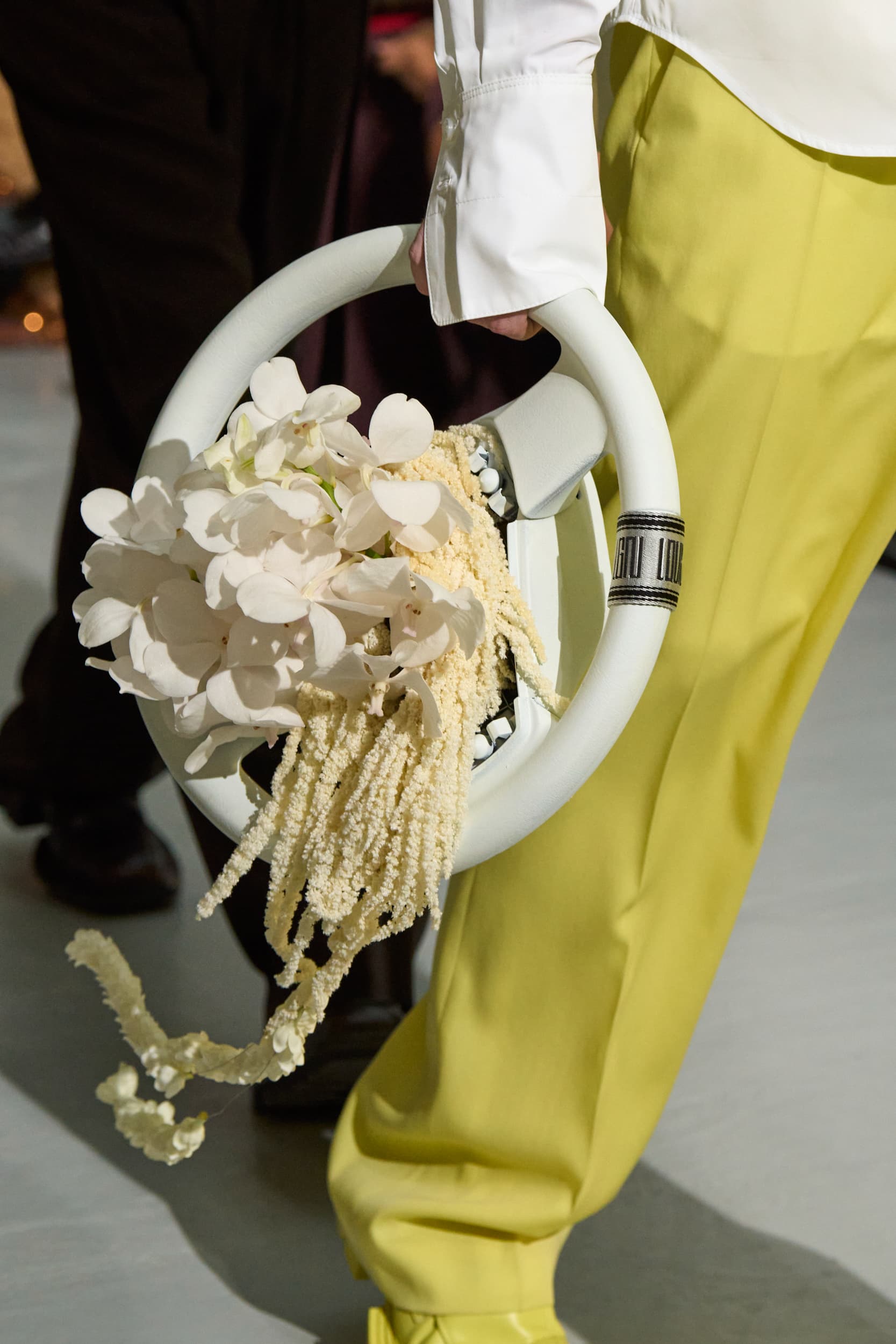
An Eclectic Energy
Expect the unexpected when it comes to the most envelope-pushing designers of the scene. Acting on their impulse to disrupt, menswear has seen a lot of experimentation since the full return of the runways – with the second coming of punk, subversive mash-ups, and the queer narrative confidently coming to the fore to inform, shape, and storytelling. Reawakening the market by looking to a more eclectic way-of-working, rather than being trend-led, these designers are mirroring what a small cohort of their counterparts are also doing on the women’s stage. Creating without limits, they blend art, craftsmanship, destruction, and boundary-less views, which reflect the times in which they are living.
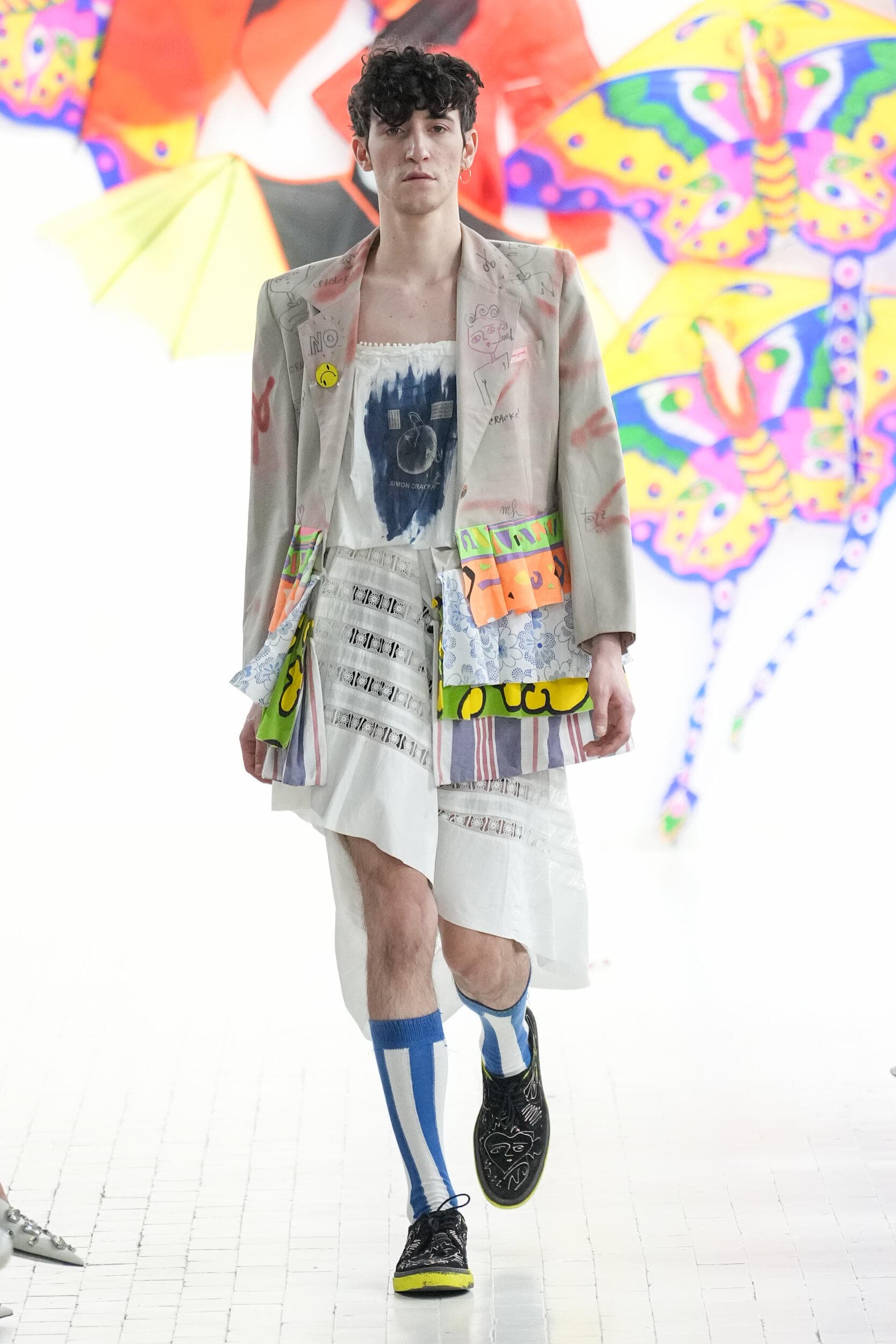
The unconventional concept behind Simon Cracker is taken from his name, in the sense that to ‘Crack,’ is to destroy or to “crack something and give it a new life.” Taking the lessons from generations past, he cites memories of his grandfather as his inspiration for giving things a second look with fresh eyes before discarding them. The designer has come up with ‘isms’ which define his brand identity, from ‘Punkindness’ – a belief that it is more punk to say “thank you than fuck you.” ‘Graffiticouture’ – utilising graffiti as a visual language that is both temporary and unique. ‘Brokentailoring’ – tailoring made by master craftsmen is re-constructed as if it were Lego. ‘Endoftheday’ – where no waste is created at the end of the day left behind, it becomes material to create anew, and ‘Chaosbranding’ – co-opting the idea of chaos theory, Cracker uses cobranding to fuse meaning into one-of-a-kind garments which act as opposites.
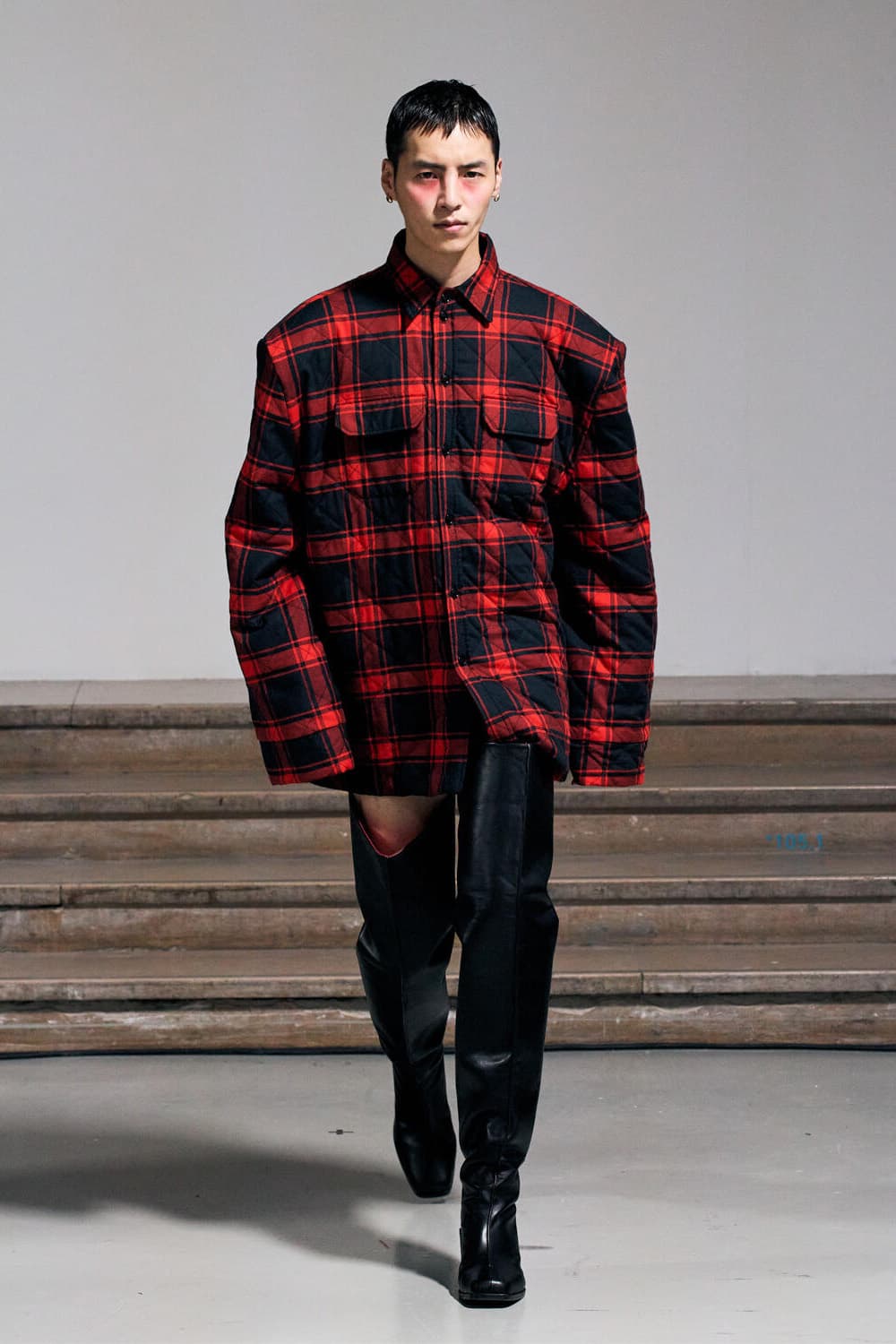
Jeanne Friot exists outside of the confines of gender; the Balenciaga-alum is not afraid to delve into controversial topics, such as her collaboration with the contemporary brand The Frankie Shop on a range of T-shirts to protest the US Supreme Court’s overturning of Roe v. Wade. As a queer designer who grew up in Paris’s Le Marais neighbourhood, it shaped the values of her work, which she uses as a mirror to reflect the ‘multiple identities’ that consumers are adopting today. Arts and crafts formed the base of her summer 2023 collection, where cobweb-like crochet knits, fluffy feathers, and tubular pintucking mixed with fringe created surface interest for the sexes. Friot will be showing her next collection in partnership with Kering’s Innovation Lab, which forms part of Pitti Uomo’s S/Style Sustainable section.
Since their debut as part of London Collection’s: Men in 2018, JordanLuca – helmed by Jordan Bowen and Luca Marchetto – now show as part of the Milan men’s schedule. Bringing together the classical tropes of Italian tailoring with London’s many counter-cultural scenes. For their last collection – fall 2023 – there was an intermingling of references from sports such as boxing (the Lonsdale logo featured heavily) to the queer community and a subversive take on y2K (branded waistbands were doubled up for Y-fronts worn under butterfly print sheer dresses).
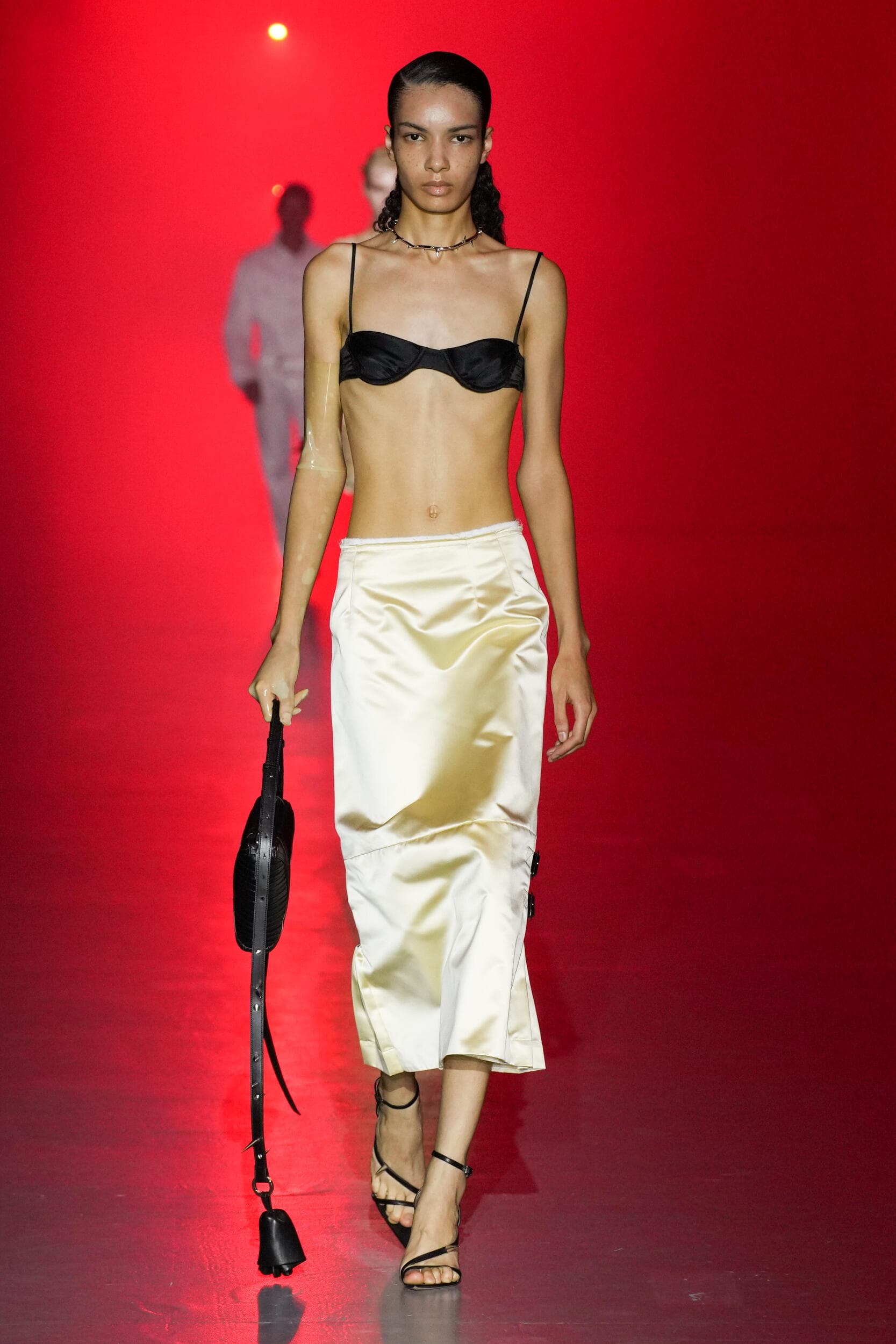
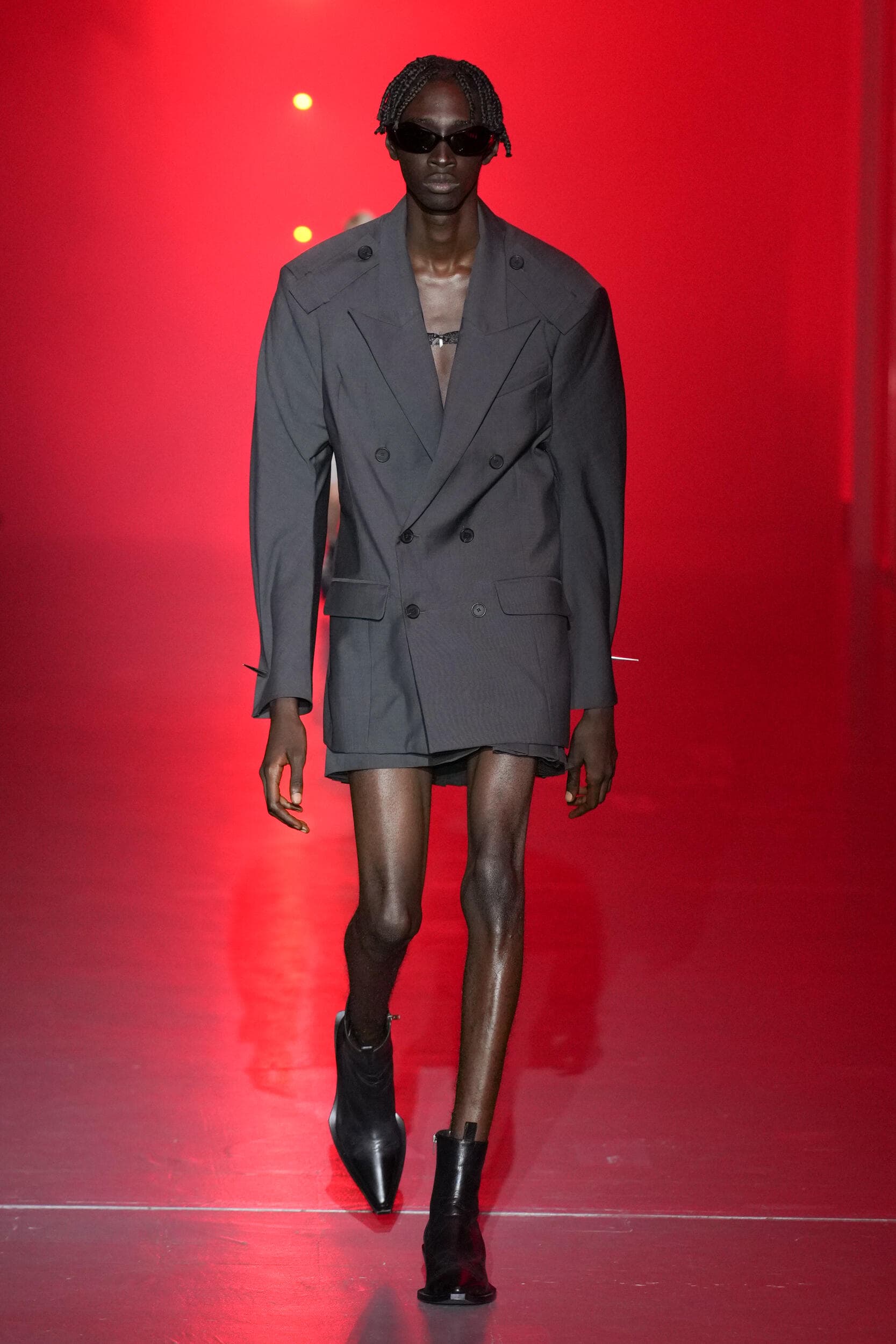
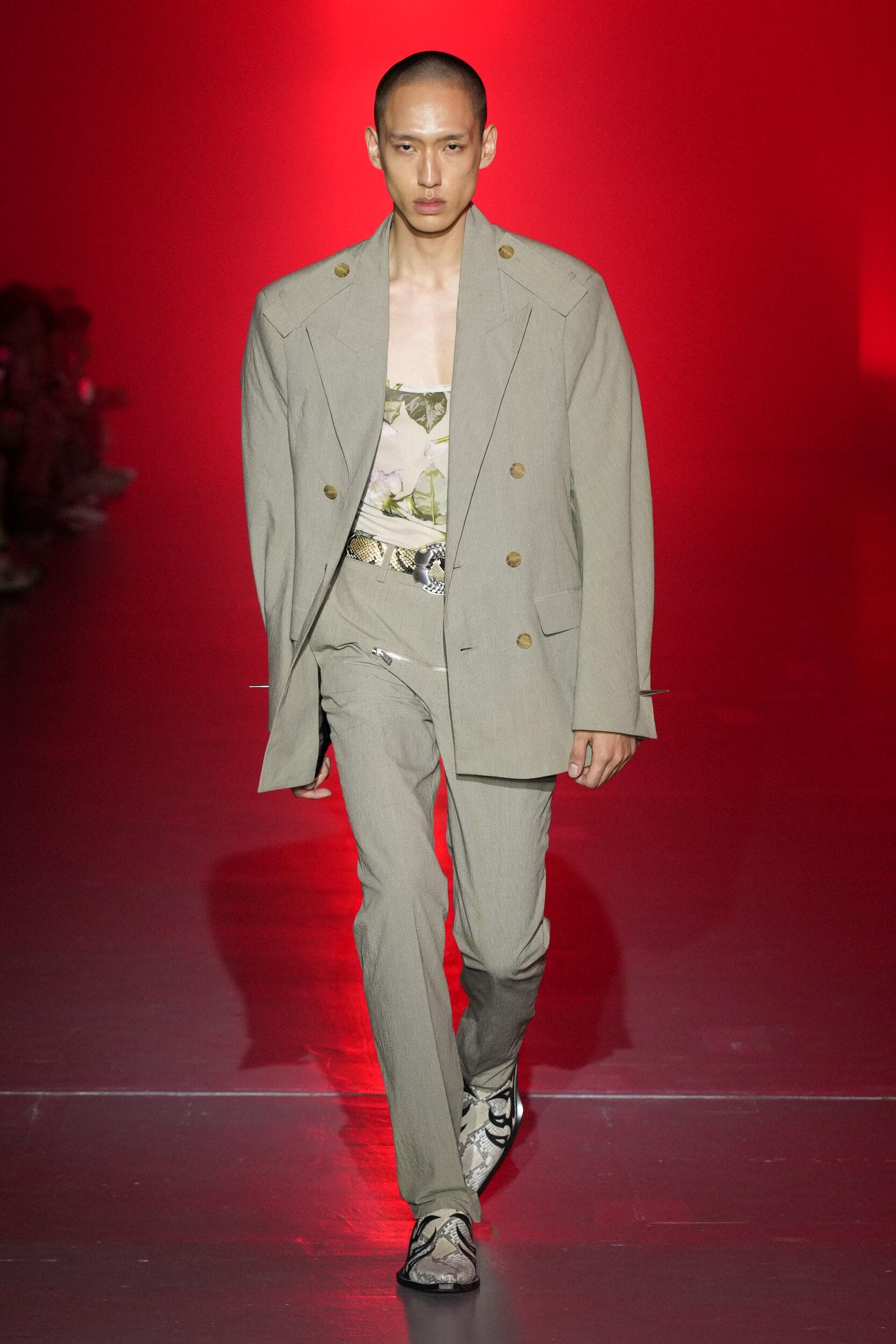
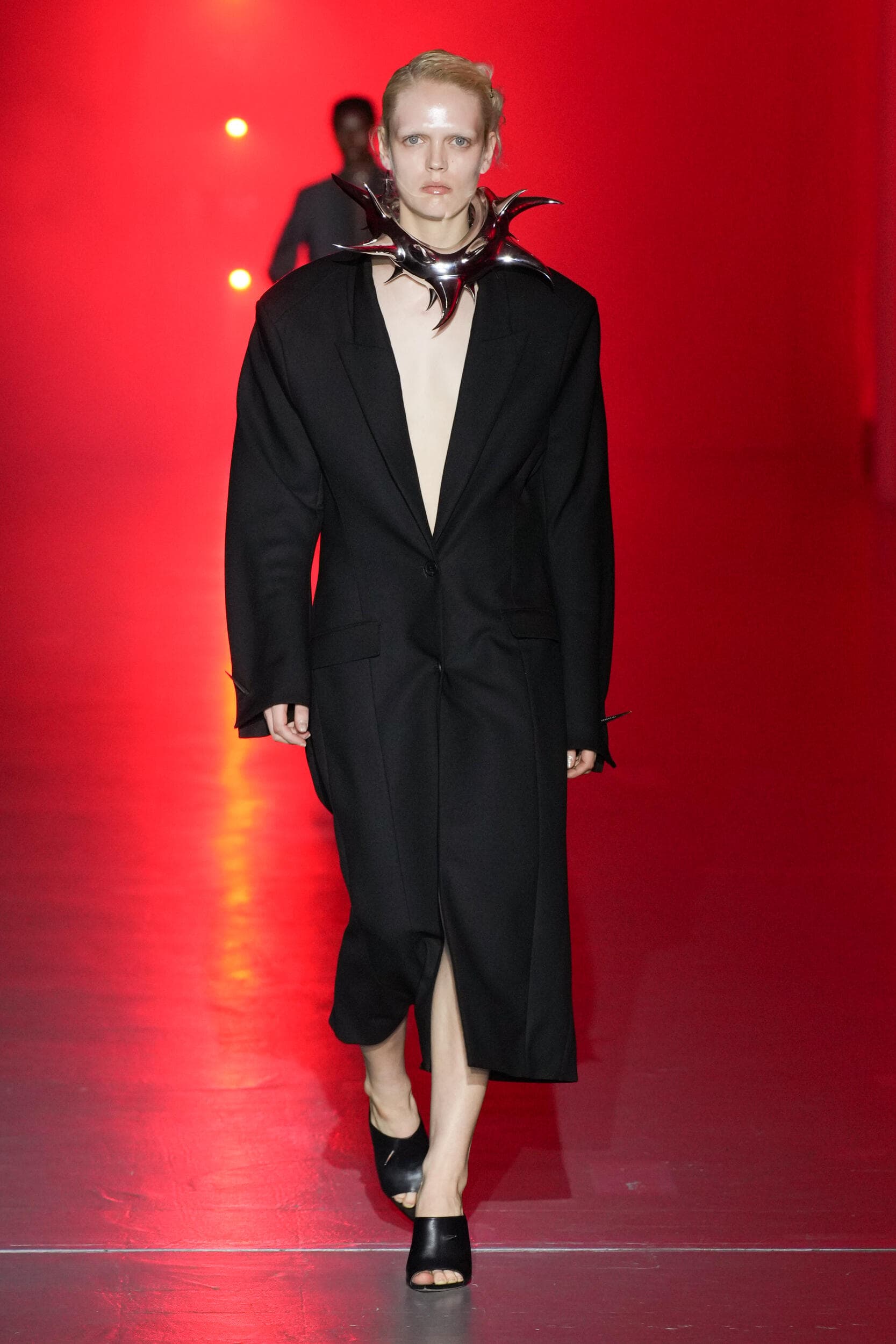
Going Underground
Despite the hard task of keeping any burgeoning sub-cultural moment (which could be considered niche) as an underground movement, alternative fashion clans are continuing to influence a whole new generation of designers. Ones who are fully immersed in its nuances because they live it as a lifestyle rather than a trend that can be traded in for the next #core shift delivered via social media.
As more Gen Zers seek to unplug from the homogenisation of the fashion industry and the obsession with aesthetics, alternative subcultures are drawing their interest. Many of these have been highlighted by a growing group of (self-appointed) fashion critics on TikTok, such as Mandy Lee, aka @oldloserinbrooklyn, who has called out such left-field concepts as ‘Avant Apocalypse’.
The alternative, for now at least (or until it is adopted by TikTok fans), will continue to be a place where designers can practice ‘shock and awe’ tactics.
Born of the kinetic energy experienced in Berlins infamous club scene 44 Label Group, is a label by techno producer Max Kobosil, which was backed by Italian entrepreneur Claudio Antonioli. The concept behind the brand is to elevate clubwear which is wholly practical (so it can be worn across a weekend spent raving in a warehouse), with luxury fabrics that will mean it won’t look out-of-place when merchandised next to a Rhude or Casablanca. Alt-rock and rave-inspired graphics abound with technical nylon fabrics borrowed from the active arena, while innovation comes in the form of acid-yellow ombre-coated denim. Creating a community in and around the club scene, which in many global cities is being threatened through urban development and gentrification, the label stands as a beacon for a generation to continue rebelling through the medium of movement.
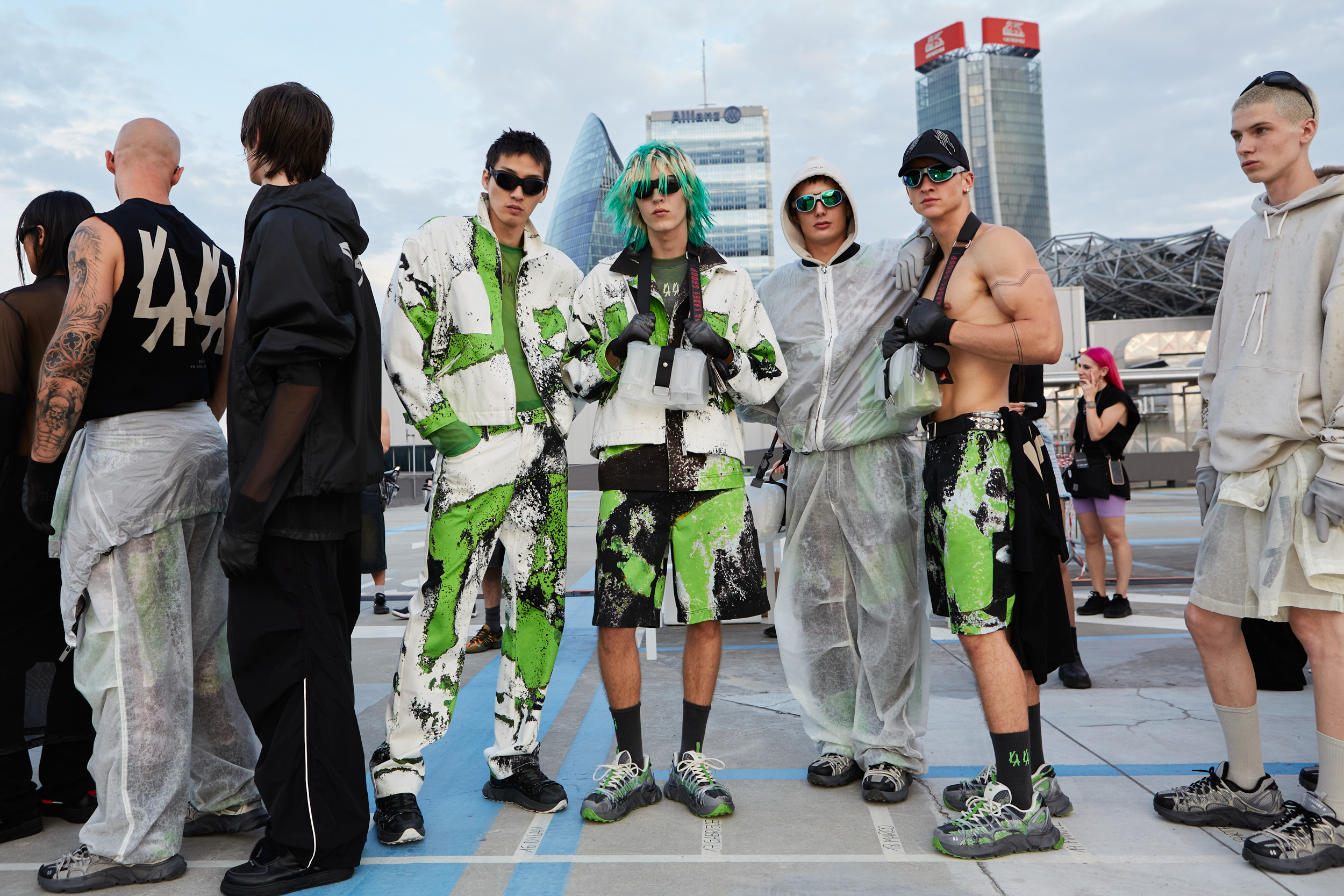
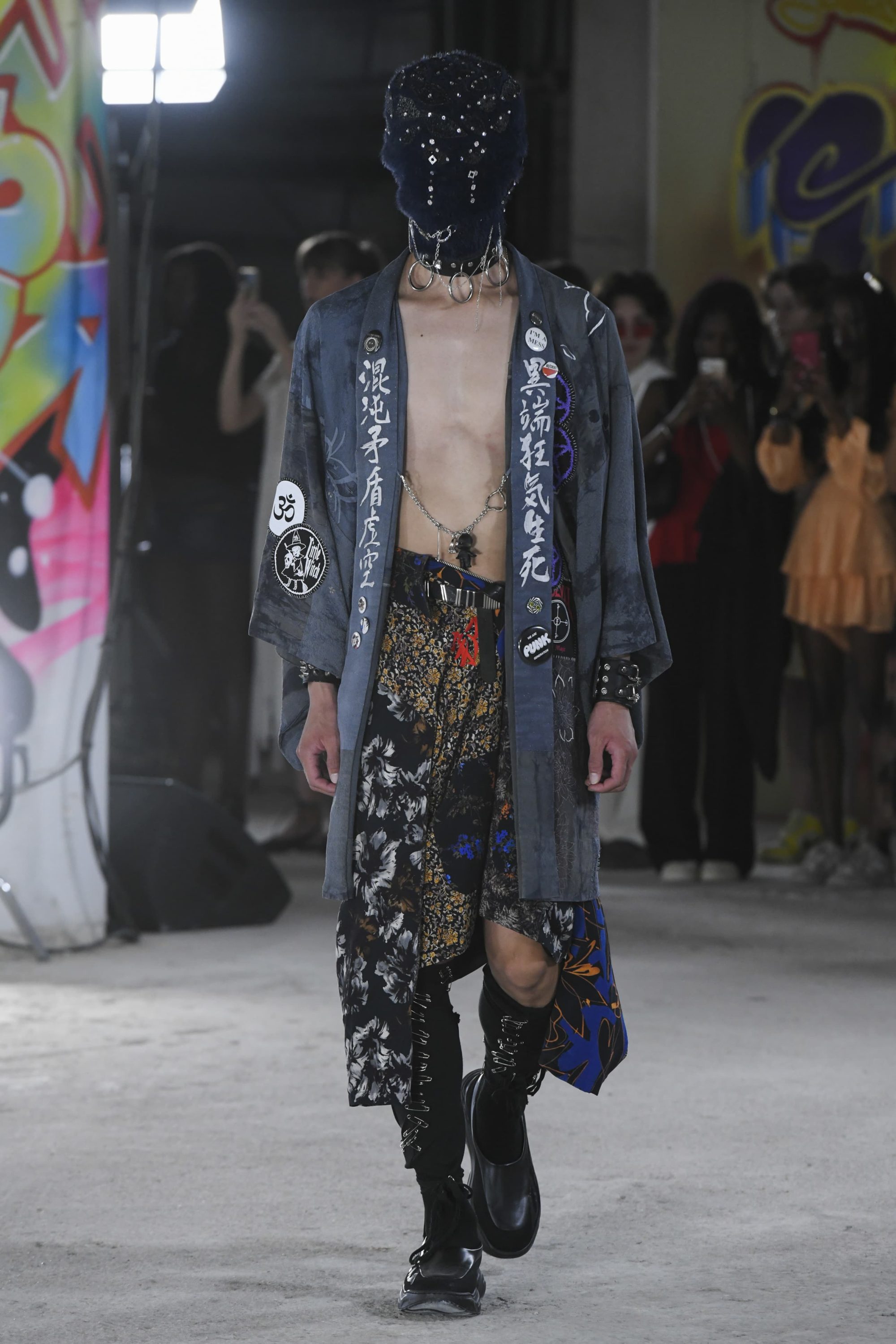
Hailing from Japan, Hiroaki Sueyasu’s Kidill is a mix of punk and skate cultures and is a respected name on the men’s streetwear scene. First showing as part of Mercedes-Benz Fashion Tokyo – who both nurture and amplify brands that put their own twist on fashion and reflect the outgoing nature of consumers in the region – before moving to the Paris Men’s schedule. He has already taken to cross-collaboration, working with Japanese denim brand Edwin to create environmentally efficient denim styles, artist-cum-anarchist Jamie Reid, whose prints are best remembered from the Sex Pistols collage album cover ‘Never Mind the Bollocks’, lending the collection a true air of authenticity, and Henry Darger, the American writer, and artist, using his watercolour depictions of disturbing fantasy fairy tales for graphic jerseys and patchwork panels.
